How do barcodes work? Facts retail store owner should know
Thanks to barcode technology, grocery shop purchases have never been faster or simpler.
You must have noticed the zebra stripes in black and white on everything, from cornflakes to library books and the reading laser wands.
However, have you ever explored how barcodes function and what role it serves.
Don’t worry, that's what we're going to explain in this post.
Let’s find out!
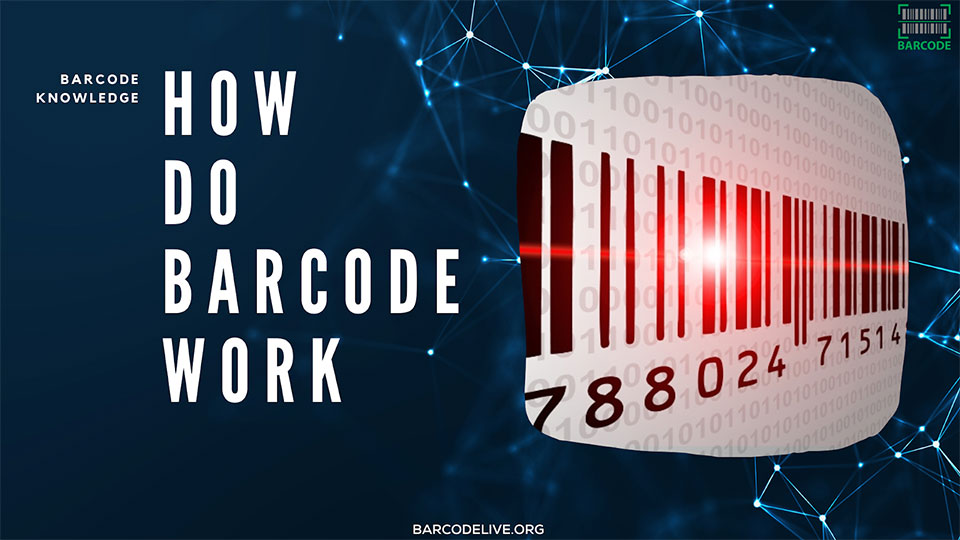
Understand more about barcode
What Is A Barcode?
A barcode is a printed pattern of parallel lines with various widths and numbers that can be read by machines and is used to identify products.
So, in essence, a barcode is a method of encoding data in a visual pattern that a computer can decode.

What is a barcode?
Different text characters are represented by the combination of black and white bars (elements), according to a predetermined algorithm for that specific barcode.
A product's pricing and weight, manufacturing and expiration dates, name of the producer, and other information are all contained in a barcode.
A worldwide organization created for this reason assigns barcodes. There is a distinct barcode for every product in the world.
There are two kinds of barcodes:
-
One dimensional, or 1D.
-
Two dimensional or 2D (also known as QR code).
In everyday items like food, pens, and technological equipment, "1D" barcodes are employed.
Similar to a one-dimensional barcode, a "2D" barcode may hold more data in a given space than a 1D barcode.

Two kinds of barcodes
Who Invented Barcodes?
Barcodes were undoubtedly a life-saver when they were first developed.
Procedures and organizational structures were somewhat easier prior to the development of barcode technology.
When they were manual, though, they produced more errors and the data wasn't as accurate as it is now.
Norman Joseph Woodland and Bernard Silver invented the barcode in 1948 to make reading product details during checkout procedures more simpler.
However, this didn't work as well as the couple had intended, so they abandoned the UV ink used in the first prototype.
The creators made a second effort even though the previous one didn't quite work out.
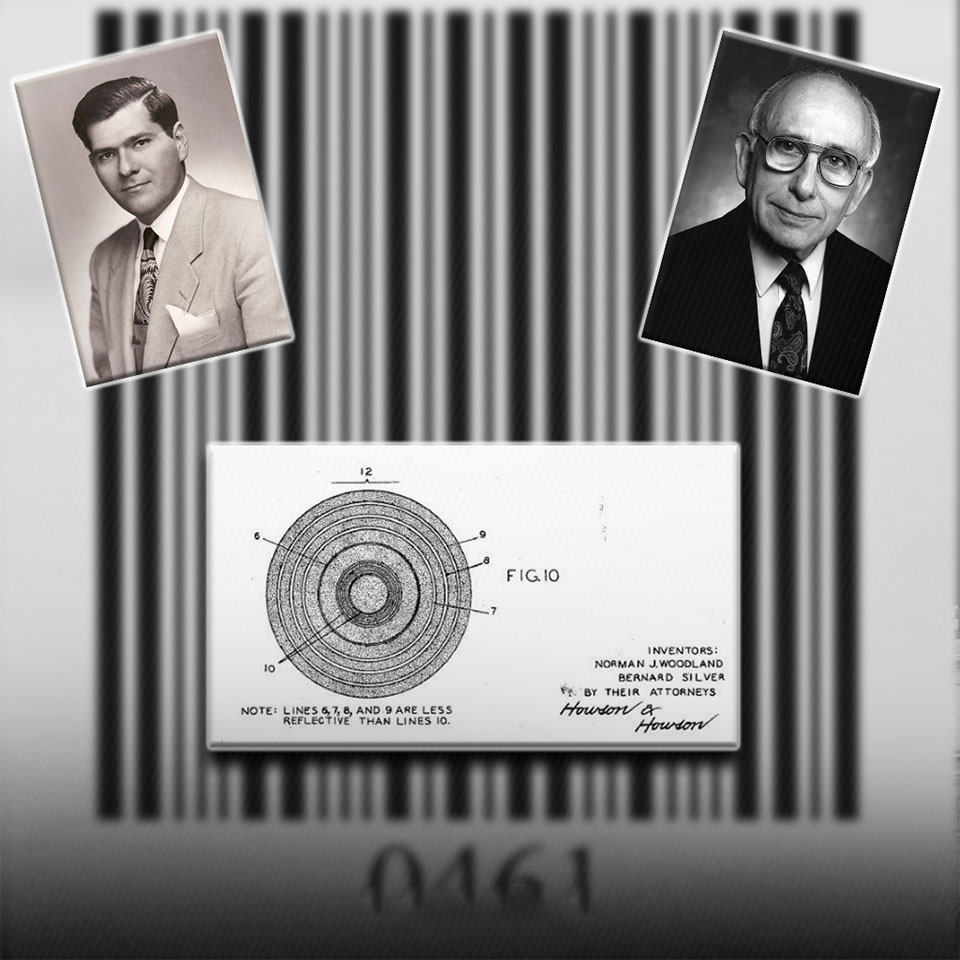
Norman Joseph Woodland & Bernard Silver created the barcode in 1948
They devised a form using dots and dashes that was based on the Morse code syntax.
To read a barcode, an incandescent light bulb would beam light on the pattern, travel through the paper, and then hit a very sensitive light detector.
Because the black lines on the barcode absorb light, the white sections of the barcode would be visible and traceable.
How Do Barcodes Work?
A barcode is a means to put information into a pattern that a machine (a barcode scanner) can read visually using black lines and white gaps.
The barcode's components, often known as the mix of black and white bars, indicate different text characters that adhere to a predetermined formula (more on the types of barcodes later).
This pattern of black and white bars can be scanned by a barcode scanner and converted into a line of text that can be read by your retail point of sale system.
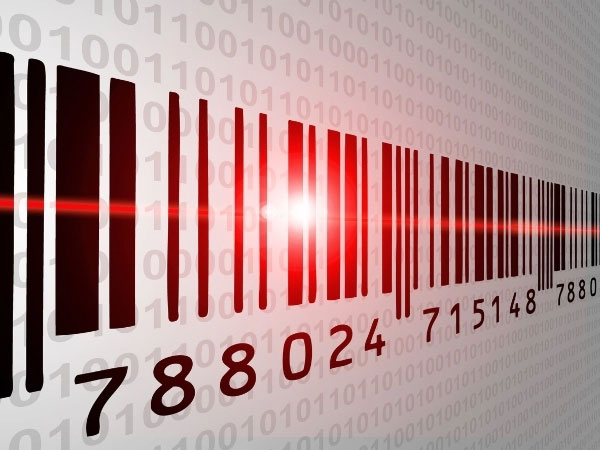
How do barcodes work?
A scanner is used to read 1D barcodes nowadays.
An outgoing laser from this scanner picks up the pattern.
When a laser of a particular frequency passes over a barcode, some of the light is absorbed and some is reflected.
What Do The Numbers On A Barcode Mean?
As a backup for potential issues, the majority of barcodes show a twelve-digit number, which is often written beneath.
The numbers actually imply the following.
-
First number: Type of product. Typically, 0, 1, 6, 7 or 8 are used to indicate the type of goods.
-
The next 5 numbers: The manufacturing code. The product's producer or distributor may be located using the five numbers, which together form a special code.
-
Following 5 numbers on the right: The product code. The product-specific nature of this portion of the code.
-
The final number: The check digit (a Self-Policing System). A barcode's last digit is a computer check digit that ensures the code is constructed properly.
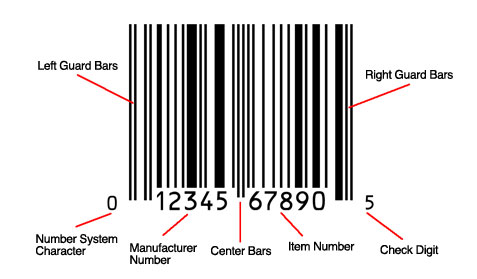
Meaning of numbers on a barcode.
A Universal Product Code (UPC) system is used by many goods.
These codes match to a Global Trade Item Number and use a defined barcode symbology (GTIN).
A 12-digit number is represented as a UPC barcode, which adheres to a set of formatting guidelines.
Retailers must seek to join the GS1 in order to utilize a UPC. After that, a manufacturer ID number - the first three digits of the 12-digit UPC - will be given to them.
Unique product numbers are issued to the remaining numbers. When you provide criteria for fields like name, quantity, description, etc.,
GS1 allocates these numbers to your items.
What Does A Barcode Do?
Each component of a 1D barcode, which comprises one digit, is made up of seven vertical modules made up of unique bars and spaces.
The computer reads each of these groups as a separate integer. The number one, for instance, is 0011001 (or a sequence of bars and spaces).
As a result, even though you might not realize it, each barcode has 95 equally spaced columns that each contain unique, in-depth information.

What does a barcode do?
However, there are several varieties of barcodes.
Product identification is done using the most common kind, the UPC, which has a character maximum of 20 alphanumeric characters.
A QR (2D Barcode) code would be necessary after that.
Essentially, a barcode is a way to encode data into a visual pattern that a scanner can read.
They are an efficient way to enter numerical data, thus there is no disputing that they considerably simplify and speed up processes.
Barcoding Systems For Companies
Barcodes are essential for businesses in the delivery and monitoring of goods. Barcoding in inventory management is applied significantly as a barcode can count the items that are stored.
The barcode is used in a variety of businesses, including health care and grocery stores to identify products and categorize unique patient IDs.
Purchasing would undoubtedly be considerably more difficult without the barcode.
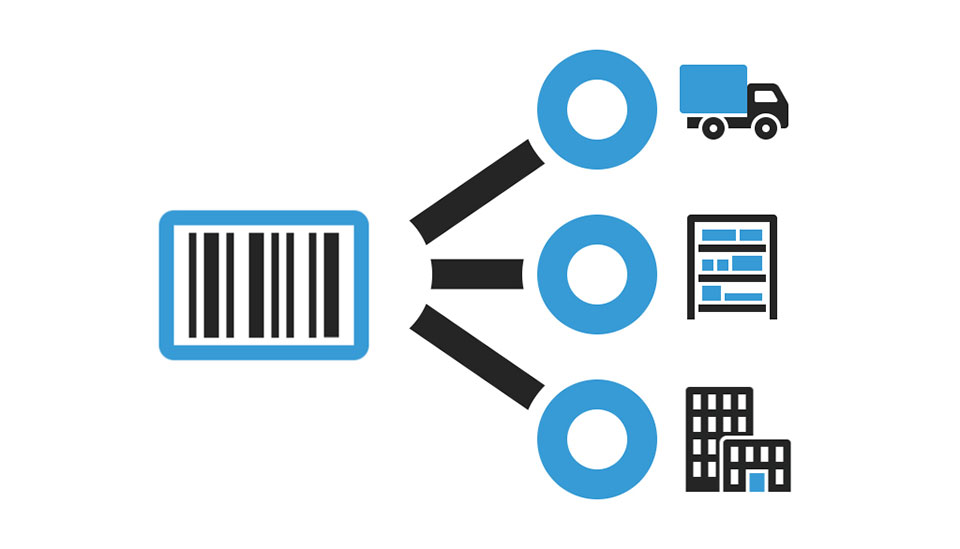
Barcoding systems for companies.
Tips: Knowing what data you want to include within the barcode is vital if you want to generate your own barcodes to use alongside or instead of barcodes supplied by vendors.
After defining the information to be contained within a barcode, the precise type of barcode as well as the requisite hardware may be decided.
Keep in mind that 1d vs 2d barcode require different barcode scanner, 1D laser scanner or 2D image scanner.
Barcodes typically hold product information such as price and weight, date of production, expiration date, and the manufacturer's name.
The barcode that is currently accepted as the industry standard is a linear, 1D barcode that was influenced by Morse Code and is made up of alternating white and black lines of varied widths.
Each product, not just each individual item, needs its own barcode, according to stores.
If not, managing your inventory, distributing your products, and tracking your sales might become a complex muddle.
Barcode assignment depends on the division of products.
Barcoding loses its effectiveness if the product division is too broad since you lose sight of the specific product types.
Unless you're producing a second run or batch of a previously barcoded product, it's not a good idea to reuse barcodes.
In all other cases, a fresh barcode is needed.
Reusing barcodes and using a manual method have one major drawback: there is no insight into the products and inventories.
If merchants utilize barcodes as they were intended to be used, each product may be tracked uniquely throughout all sales channels, store locations, and supply chain stages.
Conclusion
Barcodes are just a machine-readable image or visual representation of a product identifier that point to information about your items that can help you operate your business more efficiently.
When you finally understand “how do barcodes work”, you'll notice how easy and uncomplicated they really are.
![Barcode Sizes Explained & FAQs: An Ultimate Guide [The Latest]](https://barcodelive.org/filemanager/data-images/imgs/20221031/Barcode-Sizes-Tutorial_1.jpg)
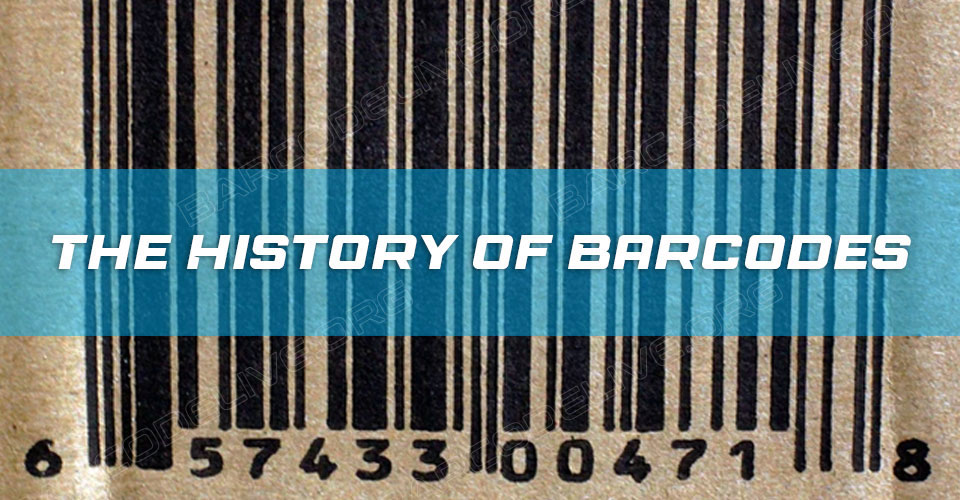
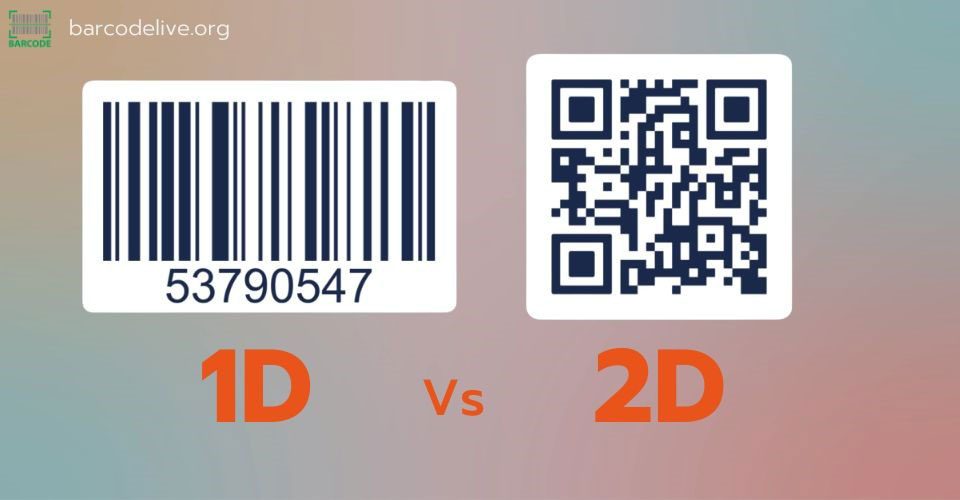
16 Comments
Joshua Mashburn
How can I get a barcode for my book to be published
Leave a Comment
Your email address will not be published. Required fields are marked *Barcodelive
Read our post to know that: https://barcodelive.org/how-to-create-a-barcode-for-a-product-with-and-without-gs1
Leave a Comment
Your email address will not be published. Required fields are marked *AIDC Technologies India
This blog is a game-changer for retail store owners! Clear, concise, and informative—it demystifies the barcode system, empowering businesses to optimize operations. A must-read guide that sheds light on the backbone of retail efficiency.
Leave a Comment
Your email address will not be published. Required fields are marked *Barcodelive
Happy to help!
Leave a Comment
Your email address will not be published. Required fields are marked *Jack
Will the world ever run out of barcodes?
Leave a Comment
Your email address will not be published. Required fields are marked *Barcodelive
There are countless ways to encode data for barcodes, and each encoding consists of different combinations. It means that barcodes will never run out!
Leave a Comment
Your email address will not be published. Required fields are marked *Joyce Turner
Do barcodes work if not black?
Leave a Comment
Your email address will not be published. Required fields are marked *Barcodelive
Your barcode does not have to be black and white. The color chosen must appear black under red light, so blue and green are possible options
Leave a Comment
Your email address will not be published. Required fields are marked *Joyce Turner
So it means I can choose any color I want for my barcode, right? Hope you'll reply
Leave a Comment
Your email address will not be published. Required fields are marked *Barcodelive
Uhm, it is not the case. There are some good and bad color combinations for barcodes
Leave a Comment
Your email address will not be published. Required fields are marked *Barbara Johnson
What happens if I scratch a barcode?
Leave a Comment
Your email address will not be published. Required fields are marked *Barcodelive
Barcodes represented data by varying the widths and spacings of parallel lines. If the lines are partly ripped or scribbled, as long as there is a valid part, we can still read them
Leave a Comment
Your email address will not be published. Required fields are marked *Max White
This is great stuff!
Leave a Comment
Your email address will not be published. Required fields are marked *Barcodelive
Thanks
Leave a Comment
Your email address will not be published. Required fields are marked *Lucy Jones
How barcode system function?
Leave a Comment
Your email address will not be published. Required fields are marked *Barcodelive
The scanning device scans the code and provides to the software, then the software helps in decoding the information out of it and then displaying it in the desired for
Leave a Comment
Your email address will not be published. Required fields are marked *Leave a Comment
Your email address will not be published. Required fields are marked *